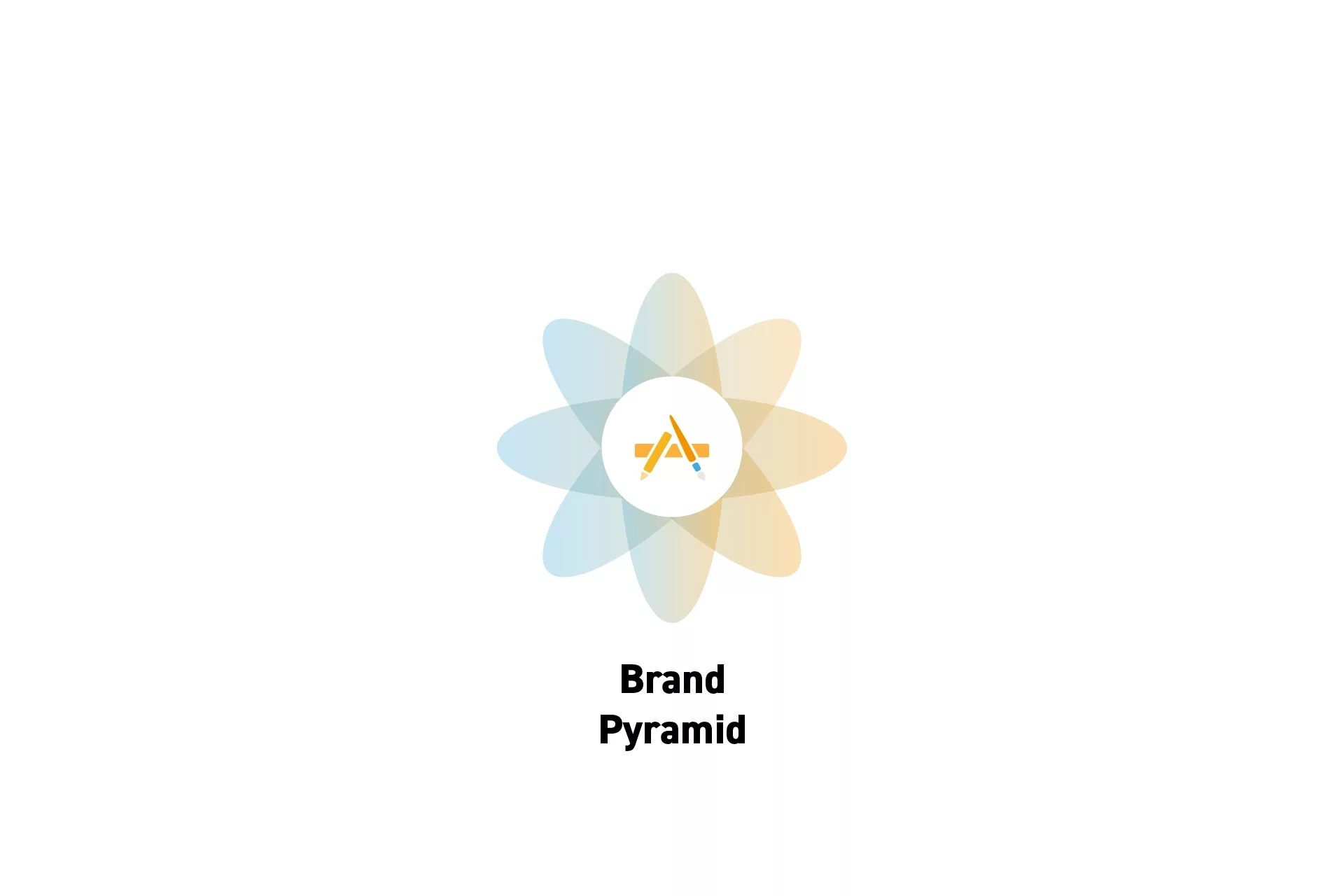How to create a Brand Pyramid
A nine step process for creating a brand pyramid.

A nine step process for creating a brand pyramid.
SubscribeWhat is Branding?What is a Brand Pyramid?Step One: Define the Target Audience
A brand cannot be successful if it does not know who it is servicing and why.
In order to successfully define a target audience, you must define them, research and interview them, create personas and refine the definition of the target audience.
Please note that target audiences change over time and must be updated periodically to make sure you understand who you are serving.
A valuable product that may be synthesized from the user research is a value proposition canvas, which will help you understand the pains and needs of the target audience.
Additionally, if you are unsure that you are creating something of value, we recommend that you consult the post on our process for finding a product-market fit.
It is recommended that you do not proceed until the target audience is clearly defined, researched, personified and documented.
Step Two: Define the Core Functionality
Identify the core offering (i.e. the core products, services and experiences) and describe their features, attributes and benefits.
If the offering is large, highlight the strongest aspects and the points that differentiate the brand from its competitors.
If you have not conducted a review of your competitors, we recommend consulting our articles on SWOT analysis and competitor analysis.
Step Three: Define the Rational Benefits
Describe the characteristics that make the brand desirable (i.e. character, quality, niche, warmth of customer support).
You may wish to gather these insights from the target audience using surveys, interviews or focus groups.
Step Four: Define the Emotional Benefits
Using the insights gathered from the surveys, interviews or focus groups, describe the feelings that you want the target audience to feel when interacting with the core offering or any other touchpoint of the brand.
Step Five: Define the Personality
In 3-5 adjectives, describe the personality or character that you want the target audience to perceive when interacting with the brand.
Please note that this implies that a brand should be seen as a human being that interacts with the target audience through its products, services, experiences or other touch points.
Step Six: Define the Essence
Write a short and simple statement that describes the brands purpose.
This statement could be considered a one line version of the brand mission statement.
Step Seven: Go down the Pyramid
Please note that it is advised that you take some time away from the pyramid before carrying out this step.
Go down the pyramid and make sure that everything feels coherent and correct.
Make tweaks if anything stands out.
Step Eight: Go up the Pyramid
Please note that it is advised that you take some time away from the pyramid before carrying out this step.
Go up the pyramid and double check it represents the brand identity that is being sought to be establish.
Make tweaks if anything stands out.
Step Nine: Refine and Repeat
Repeat Steps Seven and Eight until everything feels right.
You may wish to conduct interviews or focus groups with key members of the target audience to validate that the brand identity matches the brand image.
Looking to create a brand or rebrand an existing brand?
Consult the guide below to learn more about what it takes to create a brand or rebrand an existing one.
Looking to learn more about Branding, Design, Strategy and Innovation?
Search our blog to find educational content on branding, design, strategy and innovation.